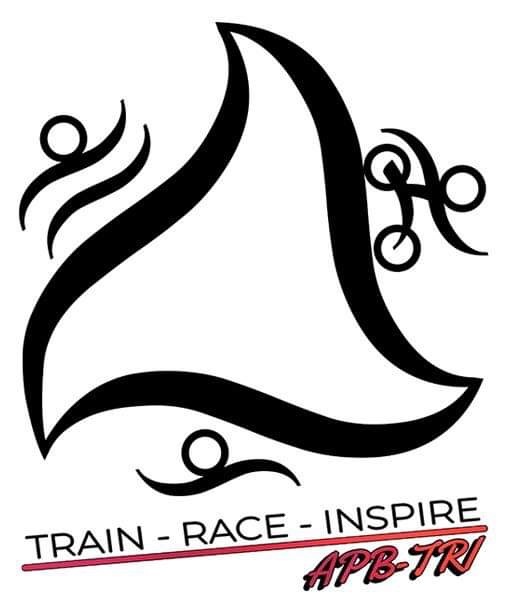Have you heard of fasted cardio? Because I have. A lot. Some celebrities enjoy talking how awesome it is. I have found out that Henry Cavill is a big fan. And we’ve all seen a picture of him without a shirt. He has to know a thing or two about working out… So I finally caved in and decided to look into the issue.
What is fasted cardio?
First things first though. It’s when you exercise on an empty stomach. Checking how long you’re not supposed to eat to consider your cardio ‘fasted’ had my head spinning in no time – answers ranged from 4 to 14 hours. The point is to have your insulin levels very low. There are probably a few reasons for different timelines and they will differ from person to person and from day to day. Some people digest food faster than others, so for them, it’s going to be on lower end. Size and nature of the meal will play a huge factor as well. You can probably digest a handful of carrots pretty quickly. Steak dinner – not so much.
Benefits
Fasted cardio is all about weight loss. Research says it’s not meant to improve your performance. When your body doesn’t have glycogen to burn, it turns to fat and protein for the energy. Sounds almost great. Burning protein means tearing down your muscle, which is not great. It can seriously impede your fitness progress.
Not eating before your workout will shorten the time during the day when you do eat and this may be helpful in decreasing number of calories you eat in the day.
Another benefit many people point to is that you can do it first thing in the morning, without wasting time for eating breakfast. Fixing something to eat takes time and then you have to wait a little bit before you can go for your run. You may want to opt for a bit more sleep.
Downsides
First and foremost, your body may turn to your muscle to fuel your run or a ride. Is that really what you want? From what I have read, there is another issue with the fat burning benefit: it only burns more fat while you are working out. Scientists found out that for the rest of the day, you tend to burn less fat. At the end of the day, it’s all about eating less than you burn.
Going back to the second benefit of helping you eat less. Well, it’s a double-edged sword. You may eat less than if you were to eat before and after the workout. On the other hand, you may be more like me and be famished afterwards and eat everything you can get your hands on. Not exactly helpful in limiting your caloric intake…
Your performance during the workout may suffer due to energy depletion. You will feel sluggish and some may get light-headed. That’s not going to make for a good HIIT session, will it? I actually like doing a fasted workout every now and then specifically for those reasons though. Why? It’s for mental toughness actually. It simulates pretty well feeling of hitting a wall during a marathon. So I treat it like a simulation of that stage of a race. There is no science behind it and I don’t believe I have ever heard anybody else talk about it. Just my personal take on the issue.
How to do fasted training?
In my research, I found one guy talking about HIIT sessions, fartlek and such after fasting. He was the only person I found thinking it was a good idea. Remember tearing up your muscle part? The sluggishness? I guess it may speed up your metabolism, but it doesn’t sound healthy. Science says the exact opposite: if you’re doing fasted training, stick to lighter cardio, like a slow bike ride, a walk or a light job. And keep it under an hour. Anything past that – eat something before leaving, even if it’s just a banana or a granola bar. You want to improve your fitness and lose your weight, not hurt yourself.
Should I do fasted training?
Some people love it and say it works for them. Some hate it and think it’s not worth it. It’s not how you work on getting ready for endurance races, but a weight loss strategy. As always: start slow and check with your doctor. Whether you choose this or not: good luck and keep going! You’re doing great 😊
